By Kevin Williams
My parents live in a very typical suburban subdivision in southwestern Ohio. The neighborhood is perhaps about 40 years old, very, again, typical. The nearest patch of woods from my parents is a good mile or 1.5 miles away. There is a spring that bubbles up about four houses down from them. Still, not what you'd call ideal habitat for anything. Despite that, though, they've had quite a parade of fauna over the years in their yard from deer to toads to chipmunks and skunks, groundhogs and raccoons and I'm probably forgetting something. They do keep their lawn and flowers and trees immaculately groomed and it's a very nice yard but, again, you just wouldn't think of it as prime wildlife habitat.
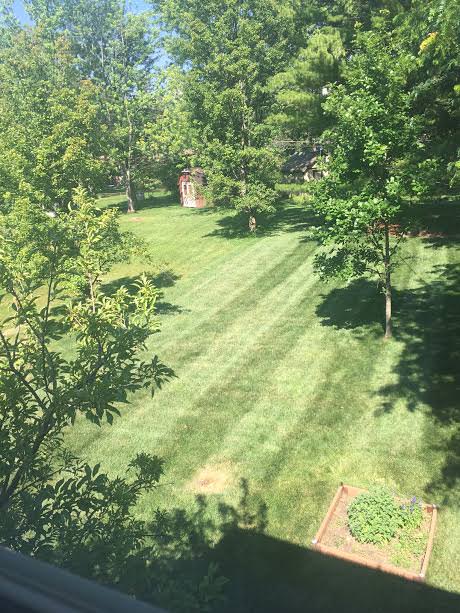
A view out their back window, the red shed in the distance is just over the property line in the neighbor's yard.
When I was a kid I loved visiting the toad that often visited the house under my brother's bedroom window. And if we get a period of particular heavy rains it's not unheard of for my parents to see mallards sloshing around in their backyard.
But of all the wildlife at their house this one stymies me the most in figuring out where it came from.
The other day I saw this guy sunning himself on their front porch.
They had had mulch delivered about a month earlier, so it's possible this guy hitched a ride. There are 5-lined skinks in this area, but this one doesn't really look the part with its scaly gecko-like skin. It could be a "fence lizard" but the habitat and range aren't the best fit.
So, anyone have any ideas of what this might be? I was passing my parents front storm door when I saw it sunning itself on their front porch. I got as close as I could to capture some photos and then it scurried away into a shrub and I lost its trail.
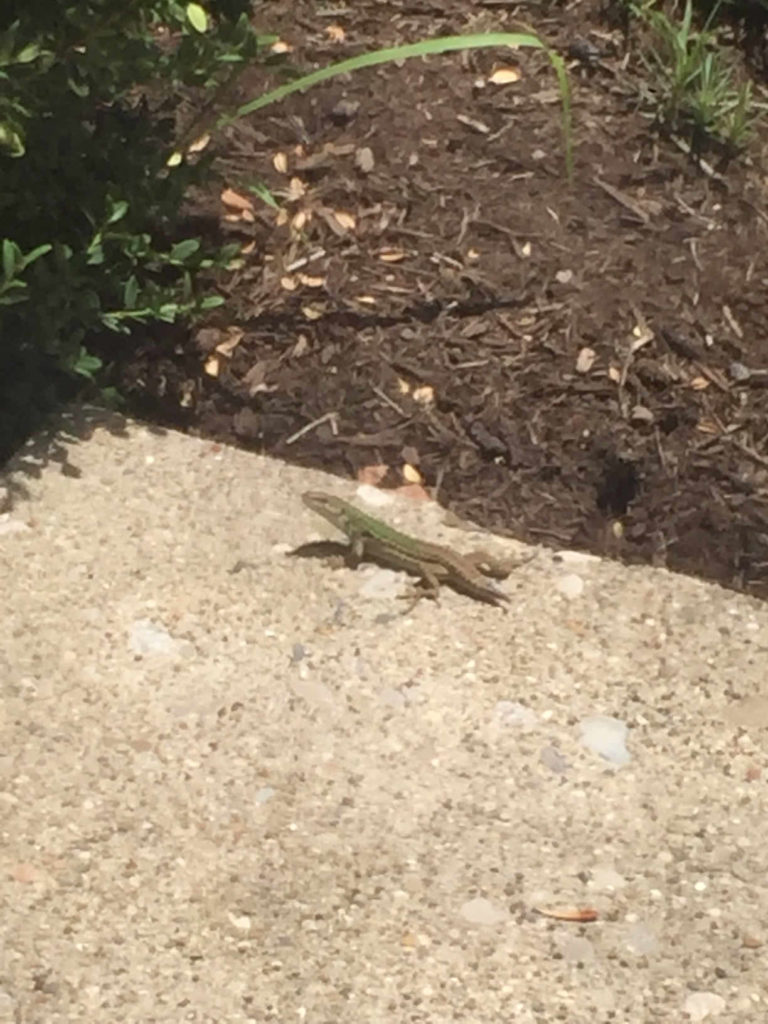
Some sort of gecko?
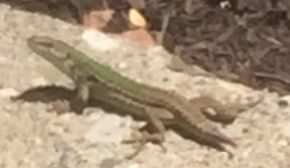
Who is this guy?

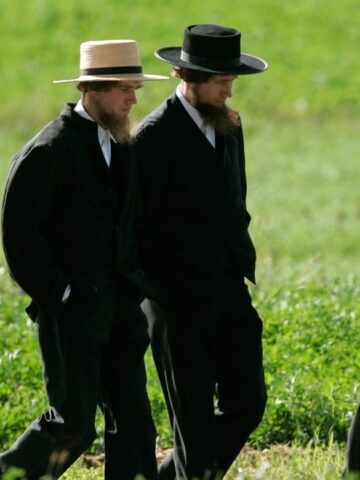
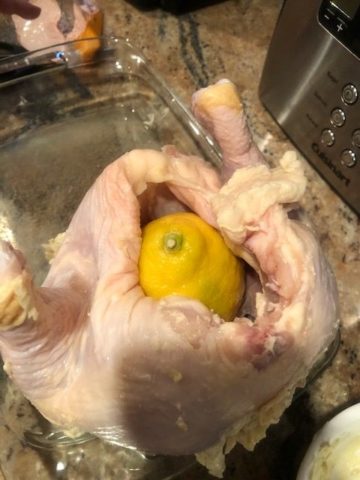


Suze
Schools out. An eager volunteer who took it home for summer. Mom had different idea?
Judy
Sure looks like a skink.
Kevin
Just seems like a skink is darker and smoother, but you might be right....
Nana
I am inclined to think it was someone's household pet that either escaped or was turned loose once they felt the weather was warm enough.
Kevin
Well, now I wish I had tried harder to capture it...
Sue Breslin
Brown Anole
Brown Anole brown lizard
Anolis sagrei Photo Fiona Sunquist ©
A long, slender, brown lizard, males reach 20 cm (8 in) long, females are smaller. Males have yellowish spots on the back, a ridge down the center of its back, and an orange to pale-yellow, white-edged dewlap or throat flap.
Brown Anole throat fan Florida Photo Oliver Haligon ©
Brown anoles were introduced to Florida from Cuban and the Bahamas and are now found throughout the state. They thrive in disturbed habitats, among ornamental plants and are common around buildings. Where brown anoles coexist with the native green anoles, you will usually see the brown anoles on the ground and the green anoles on the upper trunk and in the canopy of trees.
Brown Anole head
Cindy
I believe it's a salamander.
Cindy Stahl
I believe it's a salamander.
MJ
European Wall Lizard. Invasive species in the Cincy area that was introduced by someone who brought them from a vacation to Italy.
Here's a reference: https://wildlife.ohiodnr.gov/portals/wildlife/pdfs/publications/id%20guides/pub354_Reptiles-opt.pdf
You might want to contact dnr, as they might want to track this species spread and/or try to collect to protect the native species
Kevin
Hmm, second vote for common wall lizard, contacting DNR is an excellent idea, I'll send them a photo and see if they think that is what it is.
Diane
Not a salamander, they are black with spots and smooth.
It looks more like it comes from a lizard family.
Kevin
I tend to agree with you, Diane